Natural plant fibres mattresses: why plant based beds are the future
This article will detail the manufacturing methods and mattress uses for a number of natural plant fibres. Plant fibres are an excellent ethical material which can be used as upholstery layers in mattresses and are a great option for vegetarian or vegan mattress shoppers.

They are not in such limited supply as animal fibres and growing plants for harvest has environmental benefits such as the absorption by plants of C02, a bi-product of our increasing use of petrochemicals for energy, and the return of o2 into the environment. Making them the best ethical mattress choice.
Plant-Based Mattresses
Why are plant fibres used in mattresses?
For centuries plant fibres have been used and harvested to create fibres from which a huge variety of items can be made, whether it be twine, brush heads, sacks, hessian upholstery and clothing. Vegetable and plant fibres are high wicking as their role within plants are to transport water and nutrients around the plant. This means that in fabric close to your skin plant fibres can help wick away moisture from your body. This is in stark contrast to synthetic plastic fibres such as polyester which struggle to wick moisture away as quickly as natural fibres.
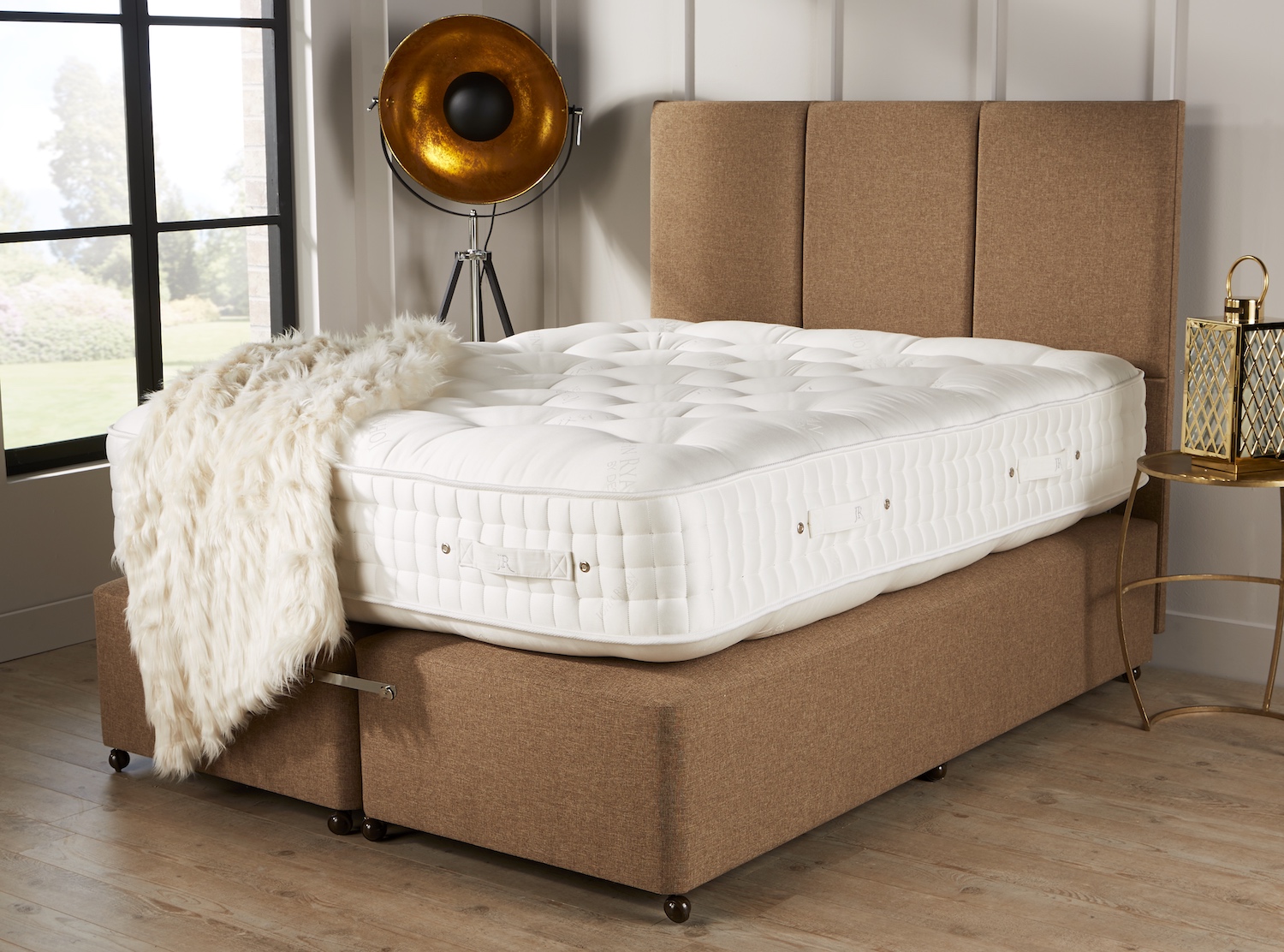
Plant fibres are really environmentally friendly, providing they are harvested from sustainable plantations, they help reduce co2 and you can harvest far more fibre per metre squared than compared to animals. There is a move away from plastic-based fibres and upholstery to a more environmentally conscious choice. In fact, our friend Garden Ninja (the Award-winning Garden Designer) has moved to growing all his own plants entirely plastic-free. Using biodegradable plant pots and alternatives. Showing just how the movement from plastics is developing. Off the back of this, we have also started to also offer Eco Mattress recycling on old mattresses when you buy from us. Ensuring that all components of your old mattress are carefully recycled and turned into other materials that can have a second life.
Coir/Coconut Husk Mattresses
Coconuts (Cocos nucifera) are an incredible source of natural fibre, not only are they one of the only water-travelling seed pods on the planet, surviving for weeks at sea before being able to take root on other shores, they contain husk which is a super resilient fibre.
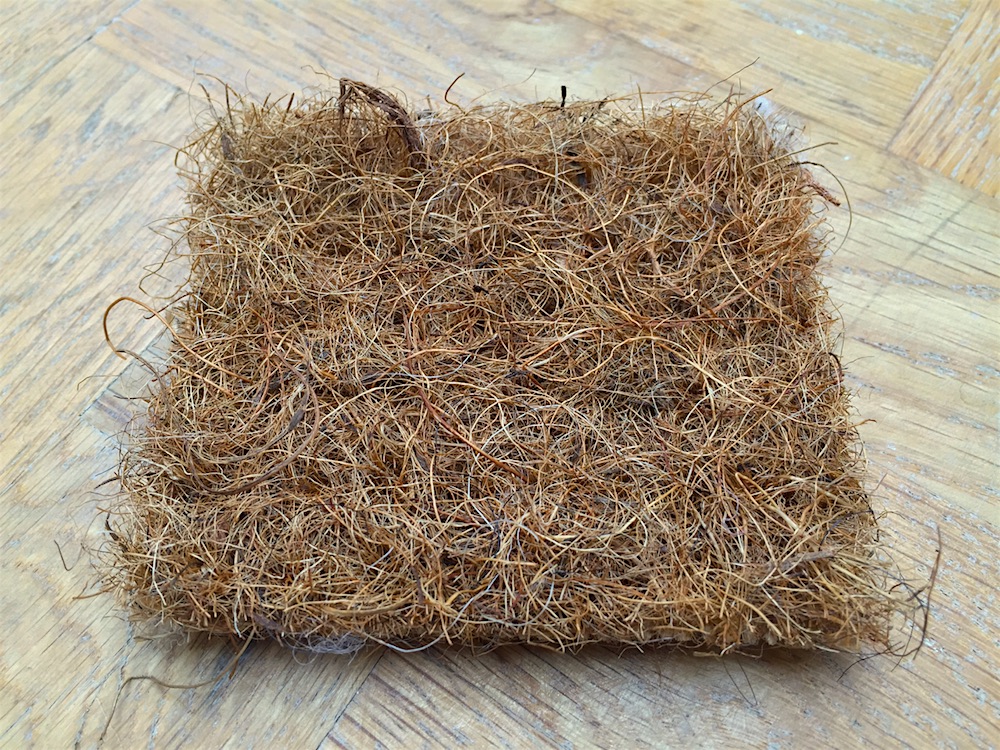
Coconut palm trees provide the coconuts that are then used for their husk, whilst the flesh is used as a food source. It’s estimated that over 100 million hectares of land throughout the tropics are home to coconuts. Only a small amount of these are ever used for industrial purposes, showing the potential if coir was more widely used. The coconut fibre is a byproduct of the food industry but some fibre processing companies, such as Enkev, give these fibres a new lease of life as Coir.
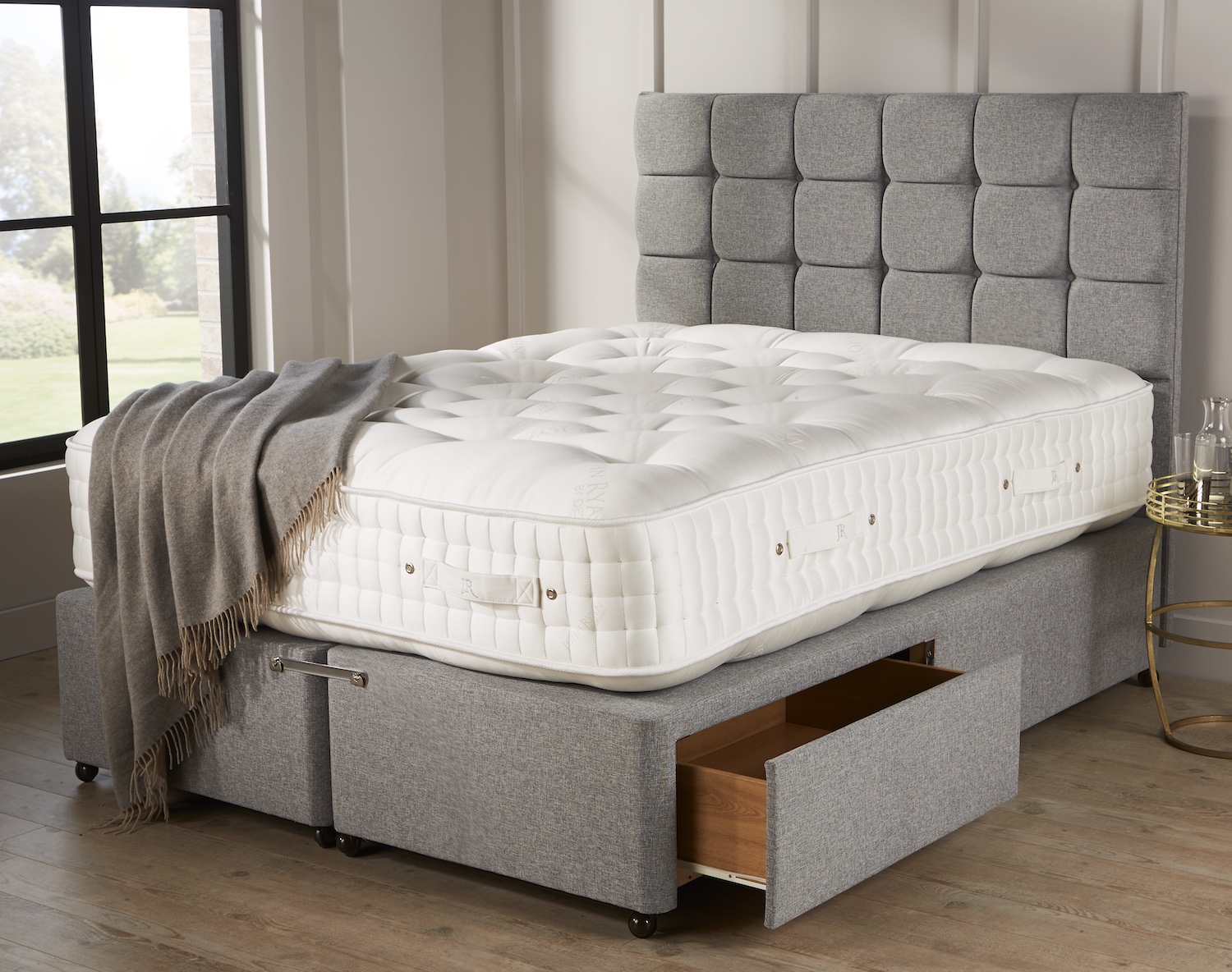
Coconut fibre is incredibly tough yet highly elastic so can provide excellent rebound properties especially for mattresses. Coir can be used as either an insulator against a spring unit or in layers as a natural spring unit.
You will often find coir used in cot mattresses for babies. This is because it has the same rebound properties of horsehair and can be used instead of a spring unit for lightweight sleepers, like newborns. It’s ideal for lightweight support and it’s breathable. To make Coir more resilient for heavier weights it can be sprayed in natural latex which really toughens up the material. It has a huge variety of uses.
Cotton Mattresses
Cotton is synonymous with being lightweight, breathable & a soft-touch fabric. Cotton has been traced back to over 7000 years ago so it’s certainly proven it’s worth given its still one of the most popular fibres on the planet.
Cotton is a nearly pure form of cellulose, which is the main component of plant cell walls. Plant cell walls are incredibly tough as they have to expand to take on water & nutrients. They undergo so much pressure and turgor that the cell walls have to be tough as nails whilst allowing movement of water and nutrients to enter and leave the cell. When cotton is created and spun you get the same benefits of its durability but with a breathable fabric too.
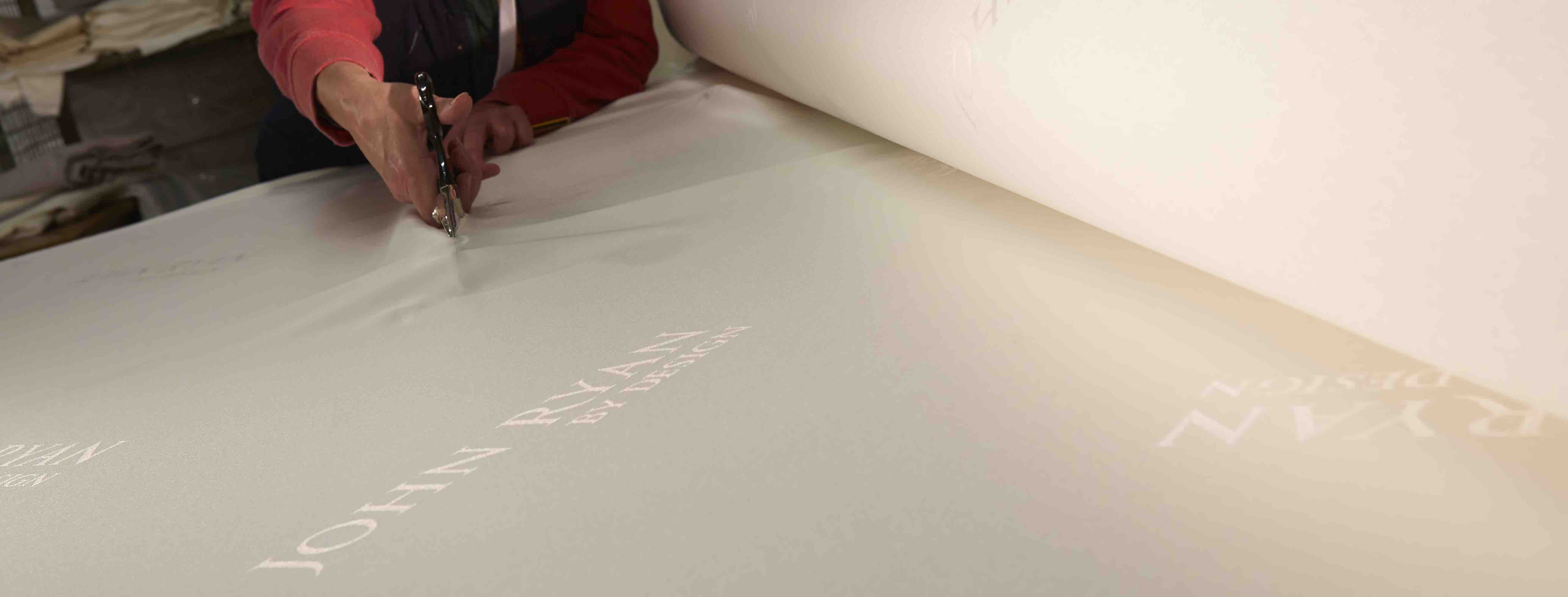
Cotton is usually grown in places where there is a warm climate. Cotton is grown in the United States, Uzbekistan, China, India, Turkey, Brazil and Pakistan.
The cotton plantlets are planted in drills in big fields. After about 2 months the plant buds, called squares, develop. After 3 weeks these then produce blossoms, turning from creamy white to yellow, then dark pink to red. They then drop off leaving green pods called cotton bolls. It’s these cotton bolls that swell with the cotton fibres that are used to push the seeds out for propagation. As the sun warms these the final leaves turn brown, the seeds are pushed out and fluffy cotton bolls appear. The cotton is then ready for harvesting.
Cotton is great when used as a layered filler in mattresses, given its hypoallergenic, especially if bonded with polyester at the cheaper end or wool at the high end. It is resilient and when blended with wool, for example, can reduce the wools compression keeping its loft.
Palm Fibre Mattresses
Palm fibre is the plant version of horsehair and is a leaf fibre gathered from the leaves of dwarf palm. These leaves are fibrous and can be processed to create a hair-like strand. This ‘vegetable horsehair’ has great elasticity and is suitable for use in mattresses. It is however quite a rare and underused fibre. It’s probably a natural plant fibre to watch out for in the future.

Bamboo cellulose beds
Bamboo is a really well-known plant you probably recognise it from garden centres or that neighbour that put one in their back garden then 2 years later it took over. Bamboo, or Phyllostachys to the horticulturist, is a super fast-growing plant hence the reason if you get the wrong species it will colonise your back garden in record time. This is great for fibre producers as it can be grown quickly, and bamboo is the least picky of plants for growing conditions. It also has few pests so pesticides are not used when growing bamboo making it more environmentally friendly.

Not only does it have incredibly tough fibrous stems trunks but it has an incredibly soft fibre when processed. This fibre is flexible and tough. It has a fast moisture wicking property, even faster than cotton! Which is why bamboo is more expensive than cotton. It is usually used in the top layer of a mattress next to the skin to wick moisture and regulate temperature. The fibre is itch-free, unlike lambswool, making it a luxury natural fibre.

Hemp Mattresses
Hemp is usually associated with the manufacture of rope, twine, paper and canvas. It’s a tough and long fibre that makes it very durable for both insulator layers and firmer upholstery. Some interesting facts about hemp are that it dyes very well for fabric, resists mildew and mould, blocks ultraviolet light and is naturally antibacterial.
It can be used in mattresses to provide a barrier between spring units or coarse hair layers. However, when blended with cotton, silk or wool, hemp can become very soft whilst increasing the resilience of the blended fibres.
Flax Mattresses
Flax is another century-old plant fibre which is extracted from the skin or bast of the stem of the flax plant, Linum usitatissimum. Flax fibre is soft and flexible, stronger than cotton but not as elastic. This means that you wouldn’t use it as a cover unless you blend it with something that gave more elasticity to it in its pure form. This is why flax is often used in blended damask fabrics.
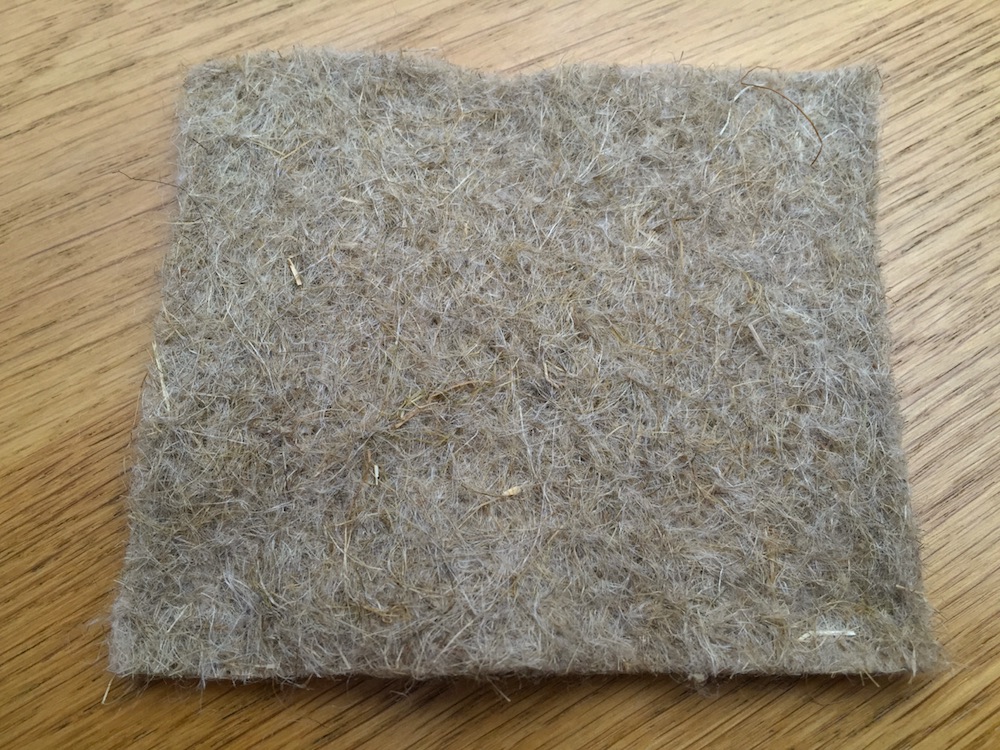
Linen suits are often made with a flax blend giving you an idea of the cool and relaxed feel that flax has as it absorbs and releases moisture incredibly quickly. No sweaty sticky moments like the cheaper polyester suit counterparts!
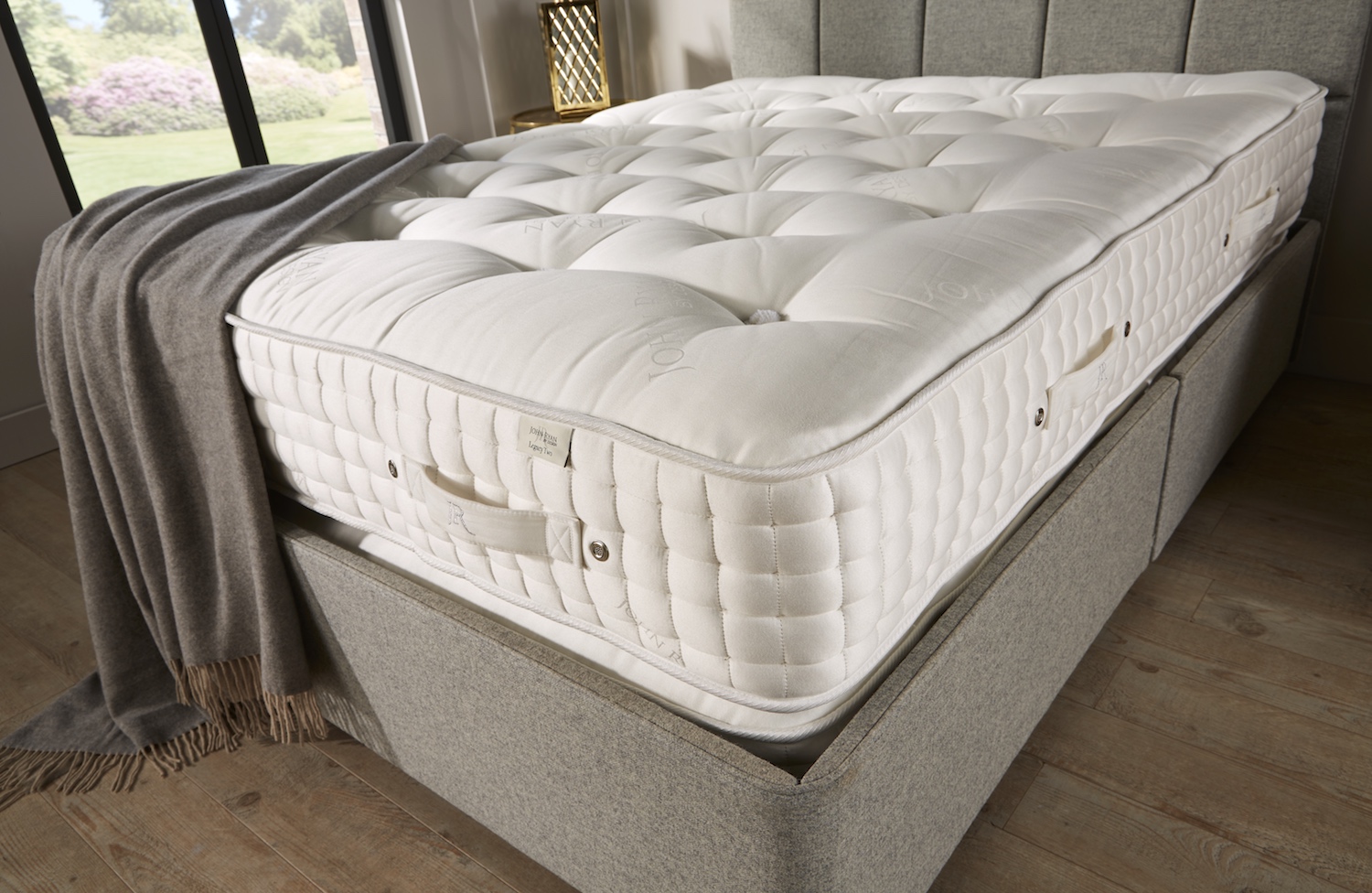
‘Natural’ Plastic Beds
This is a really interesting material and it’s relatively new to the fabric scene. So new, in fact, that we have never seen it used in a mattress yet so we can’t fully comment on its suitability. However, ‘Natural’ plastic is manufactured from bamboo and corn dextrose that’s extracted and then fibre is created from it. It has a slightly polyester feel and looks about it. It’s not as moisture-retentive or high wicking as wools or even cotton, but when blended it can be very useful in sports equipment due to its resilience. It’s naturally fire retardant which means it could have a strong use in mattresses to reduce FR chemicals.
Sisal mattresses
This fibre is obtained from Agave, a succulent plant found in Mexico. This plant is well suited to hot climates and drought. It’s usually used in twine due to its strength and used in agriculture. It’s resistant to saltwater making it incredibly durable. It’s a shame that Sisal hasn’t found a bigger market niche, but with man-made synthetic twines, there simply isn’t a market for it. It would, however, be excellent components for mattress stitching, given it can withstand sweat and moisture.
Vegetarian & Vegan-friendly mattresses
We often get asked for Vegetarian and Vegan mattresses at John Ryan By Design for people that don’t want any animal products or fibres in their mattresses. We have a range of mattresses that are suitable for Vegan and vegetarians such as our Origins Reflex, Hybrid foam range or Fusion 100% natural latex range.
However, if you’re wanting the UK’s first Plant-Based Vegan mattress then look no further than Our Artisan Latex.
We do always state that a 100% certified vegetarian or vegan mattress is somewhat difficult to guarantee as even synthetic products are sometimes in contact with animal products during the manufacturing process, something we closely monitor when we hand make our mattresses. However, it is nearly impossible to ensure that the synthetic materials haven’t for example been stored next to wool at the supplier or during transport. It’s also hard to pinpoint every chemical or synthetic component especially in things like resin which may be made of over 50 chemicals during manufacturing.

How can I ensure my mattress is vegetarian or vegan certified?
The best way to ensure your mattress is vegan-friendly is to always choose either a completely synthetic mattress, like man-made materials or 100% Natural Latex. This is because natural latex is a plant product and man-made materials such as polyester and foams are 100% synthetic.
Which mattresses are suitable for vegetarians or vegans?
Here is our range of suitable mattresses for vegetarians and vegans at John Ryan By Design.
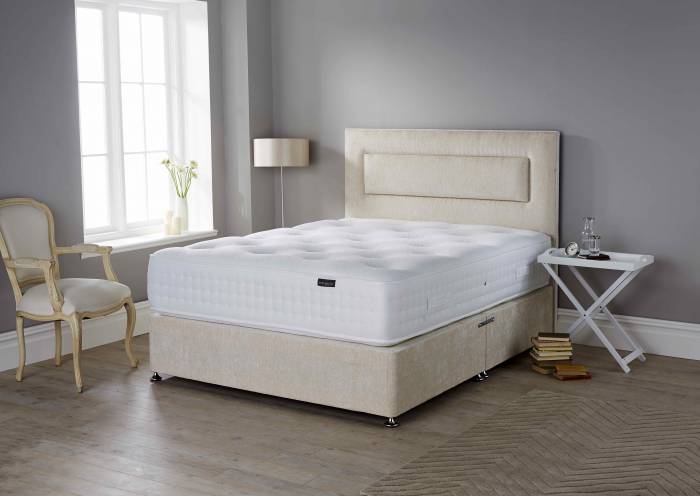
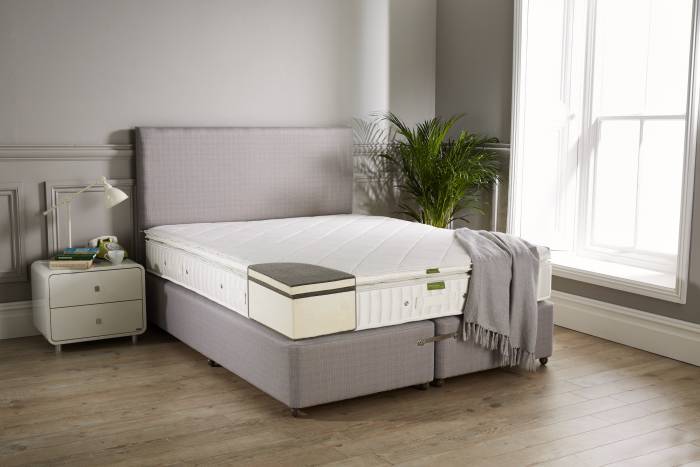
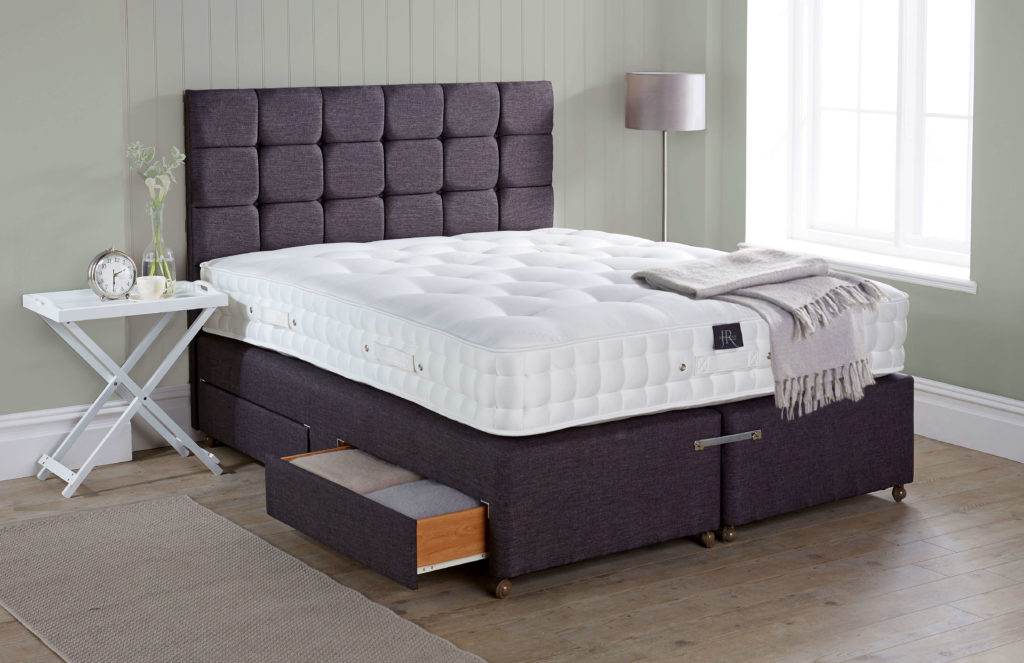
There are many alternatives to animal products in mattress construction with Flax, Hemp, Coir, Sisal and other plant fibres to name a few. Unfortunately, these are still relatively new and in limited supply to the mattress industry with man-made and animal products being in the majority. As demand rises though we hope to see more widely used plant fibres given their incredible abilities to be high wicking, incredibly elastic and excellent at heat distribution.
Vegetarian and vegan mattresses are becoming more popular and we are happy to advise anyone looking to find a suitable mattress for either a vegetarian or vegan. Please contact us on 0161 437 4419 to discuss further
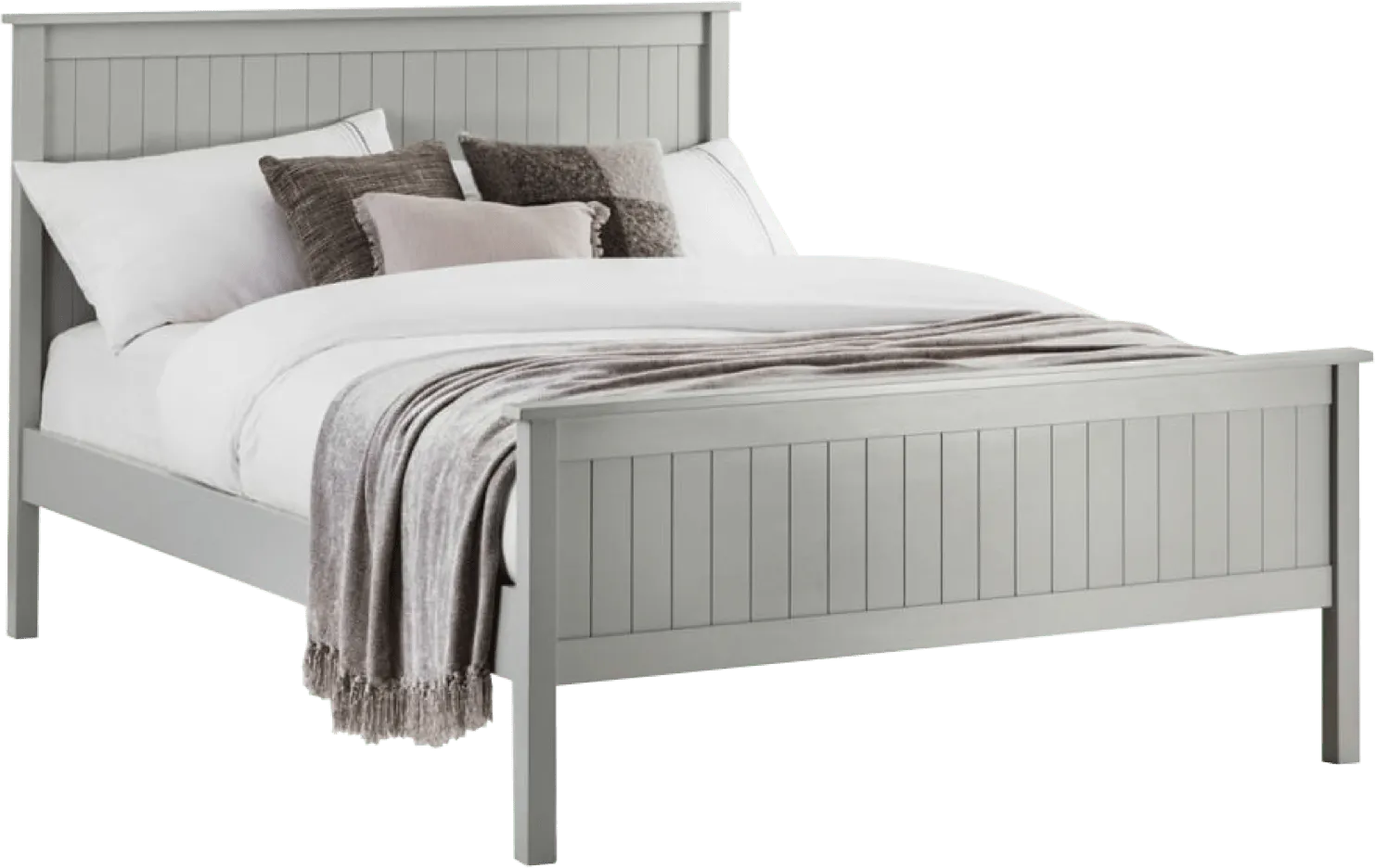
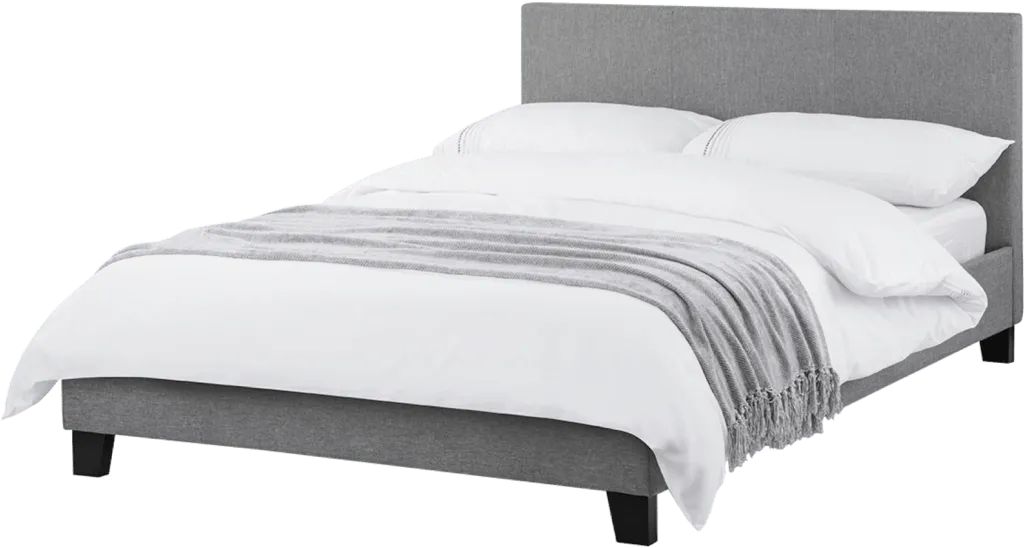
Ask us a question.
There are over 6000 questions and answers submitted by you on all questions about mattresses and bed problems. Enter a keyword such as Vi Spring, John Lewis beds, bad back or Memory Foam and see if your question has already been answered.
You can filter popular questions by the categories below. If you can’t find an answer, ask a new question below. We aim to respond to all questions within one working day.




































 Mattresses
Mattresses  Take our mattress quiz
Take our mattress quiz  Contact
Contact  About us
About us 


